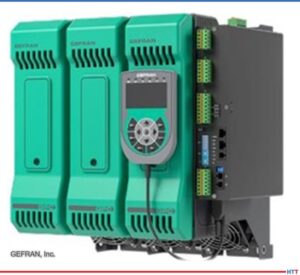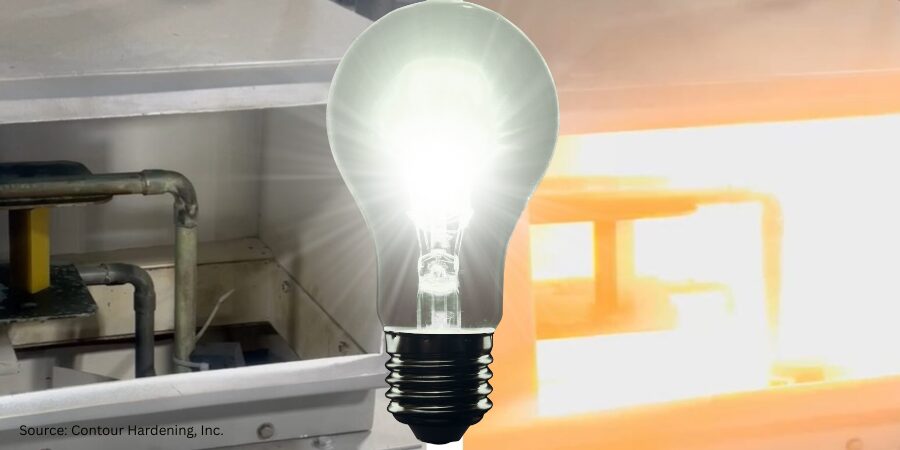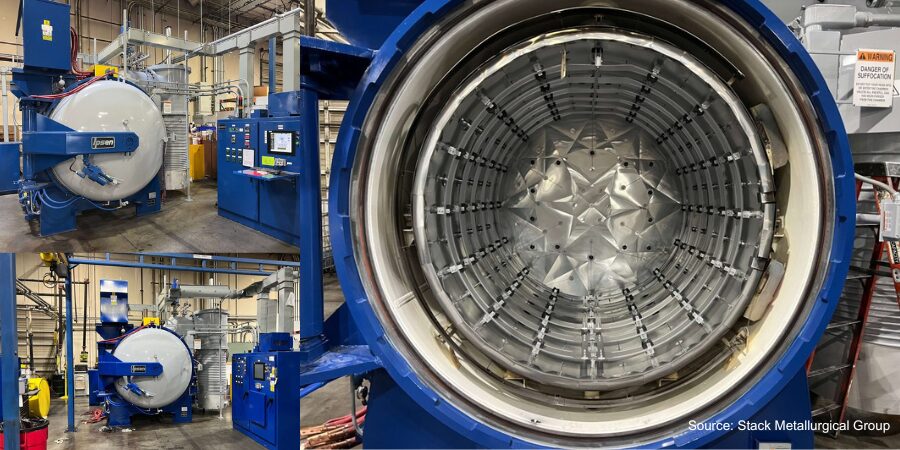Discover expert tips, tricks, and resources for sustainable heat treating methods Heat Treat Today’s recent series. And, if you’re looking for tips on combustion, controls systems, or induction in general, you’ll find that too! Part 2, today’s tips, digs into energy and electricity. We’ve added another resource towards the end of today’s post to further enrich your knowledge of induction heating.
This Technical Tuesday article is compiled from tips in Heat Treat Today’s May Focus on Sustainable Heat Treat Technologies print edition. If you have any tips of your own about induction and sustainability, our editors would be interested in sharing them online at www.heattreattoday.com. Email Bethany Leone at bethany@heattreattoday.com with your own ideas!
1. Maximizing Energy Efficiency of Vacuum Furnaces
Contact us with your Reader Feedback!
The use of AC to DC transformers is an energy-efficient innovation that can significantly lower energy consumption of the heating system. Typically, a system uses alternating current as the primary source, which fluctuates output during each half cycle. Using AC to DC transformers limits these fluctuations, reducing the amount of energy used. Furthermore, transformers operate at optimal efficiency when under a reduced load – i.e., less than 70% output in steady-state heating – rather than ramping up to the full operating temperature. Another advantage of the DC-type transformer is that its operating power factor is very close to 1.0, which lowers the utility company’s calculation of peak demand surcharges
Source: Nitrex
#ACDCtransformers #inductiondesign
2. Want a More Consistent Heat Control?
Try power feedback for your electric heating elements. Power feedback is ideal for variable resistance heating elements. Kilowatts are used as the unit of control, rather than just current or voltage.
Source: Tony Busch, Sales Application Engineer, Control Concepts, Inc.
#heat elements #powerfeedback
3. Give Sustainability the Green Light

GPC Controller
Source: GEFRAN, Inc.
Conserving energy is not only good for the environment, but it can mean more money in your pocket and less downtime. Here are three tips to improve furnace efficiency with diagnostic technology:
- Do you have tight and secure terminal connections? Poorly connected power cables waste electricity and can cause fires. An SCR power controller monitors terminal temperature changes and will alert you before failures happen. It also monitors heat sink temperatures and ensures the control’s cooling fan is working properly.
- Do you have a heater-break alarm? Heating zones typically have multiple heating elements, wired in parallel. A broken element is difficult to detect and will impact the heater’s circuit, reducing the power of the process. This can waste energy and affect product quality. A heater-break alarm will alert you to a failing heater circuit.
- Do you pay high electricity bills? You could benefit from a factory load management system. It’s now possible to limit peak current loads and power usage across your factory and multiple furnaces. These systems communicate by sharing important power-demand information and providing more effective power distribution.
A connected and automated factory network saves electricity and improves operational efficiency by establishing powerful furnace management systems.
Source: John Thoma, Sales Manager, GEFRAN, Inc.
#automation #efficiency #sustainability
4. Additional Reading Material
After absorbing today’s tips, you may want to take one step farther to read up on induction heating. Take a look at “Why Induction Heating is a Green Technology” to help broaden the horizon.






